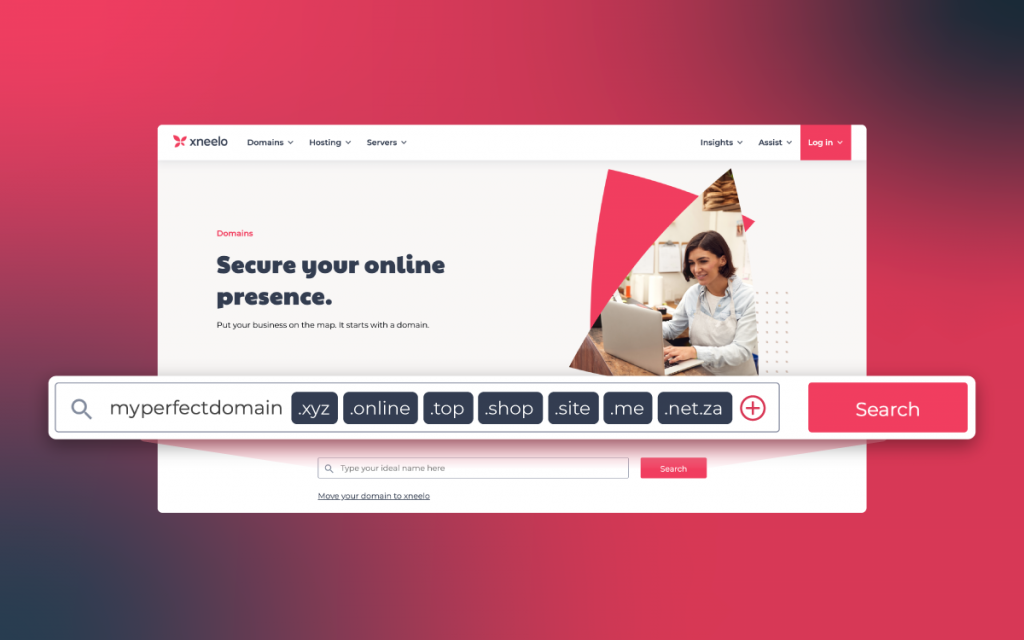How to implement Let’s Encrypt SSL/TLS
Let’s Encrypt SSL certificates are automatically included with all hosting packages. Activation of the SSL certificate is dependent on both records both @ and www A DNS records pointing to our server and will be installed once the DNS has fully propagated.
If you browse to your domain name and it goes straight to the HTTPS version (indicated by a padlock) then nothing further is needed and SSL/TLS is active and working correctly for your website.
If browsing to your domain brings up the HTTP version (i.e. no padlock, with a “not secure” notice in Chrome), then usually it doesn’t mean that SSL/TLS is not activated, but rather that your website is not set up correctly to use SSL/TLS i.e you need to implement it for your site.
Here are what HTTP (no padlock) and HTTPS (padlock) look like in various browsers: 
How to test for SSL/TLS errors
If your website automatically opens in HTTP (no padlock), try changing the URL by typing https:// before the domain name.
Does the website open correctly now?
Yes:
This means that SSL is active but you need to force your site to use HTTPS. Here’s how:
- WordPress sites: Change your WordPress site to HTTPS
- Other sites: Force HTTPS using the .htaccess file (You can follow the step-by-step instructions even if you are unfamiliar with the .htaccess file)
No:
This means that SSL is not active for your domain – here’s why. Contact our Support team if you need help.
Do some pages open correctly in HTTPS but others not?
Are there broken images? If so, you have mixed content.







